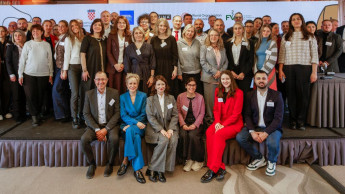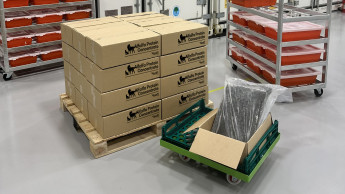

The market for small animal products has grown considerably in Latin America in recent years, especially in Brazil.
Strong GDP growth, a slightly more equitable distribution of income and increasing urbanisation have all helped to reinforce Brazil's position as the region's most important market for small animal food and accessories. Sales of small mammal/reptile food have grown strongly in Latin America in recent years, exhibiting a retail value compound annual growth rate (CAGR) of more than 10 per cent over the 2004-2009 period at fixed $ exchange rates, according to Euromonitor International data. By the end of 2009, this market is expected to be worth more than $30 million, with Brazil accounting for more than two-thirds of total regional sales ($20 million). No other market in the region will have value sales in excess of $3 million in 2009, not even the region's second most populous nation, Mexico ($2 million). Although sales growth has been strong in Venezuela in recent years, with a CAGR of 27 per cent between 2003 and 2008, this market is still expected to be worth just $3 million in 2009. Population figures There were just over 1.1 million small mammals in Brazil in 2008, compared with some 325 000 in Colombia, 400 000 in Argentina, 236 000 in Mexico, 320 000 in Venezuela and less than 100 000 in Chile. This indicates that the small mammal market is far more developed in Brazil than in the rest of Latin America (given that it accounts for over two-thirds of sales but less than half of the region's small mammal population). It also hints at the potential for growth of some of the region's other markets, particularly Argentina and Colombia. The two main drivers of growth in small mammal ownership in Latin America in recent years have been economic growth and social change. The region's economies rebounded rapidly from the 2002 debt crisis and benefited from rising commodity prices, with annual real GDP growth in Brazil accelerating from 3.2 per cent in 2005 to 5.7 per cent in 2007, before easing back to 5.1 per cent in 2008. Crucially, the gains from this strong economic growth were more evenly distributed than during previous booms, largely due to such policies as improved welfare payments, which were sanctioned by the country's left-leaning government. Partly as a result of this, the proportion of Brazilian households with an annual disposable income of more than $10 000 expanded from 15.7 per cent to 53.9 per cent between 2003 and 2009, while the number of households with an annual disposable income in excess of $25 000 grew from 3.8 per cent to 18.3 per…
Related articles
Read also

 Menü
Menü






 1-2/2010
1-2/2010












 Newsletter
Newsletter